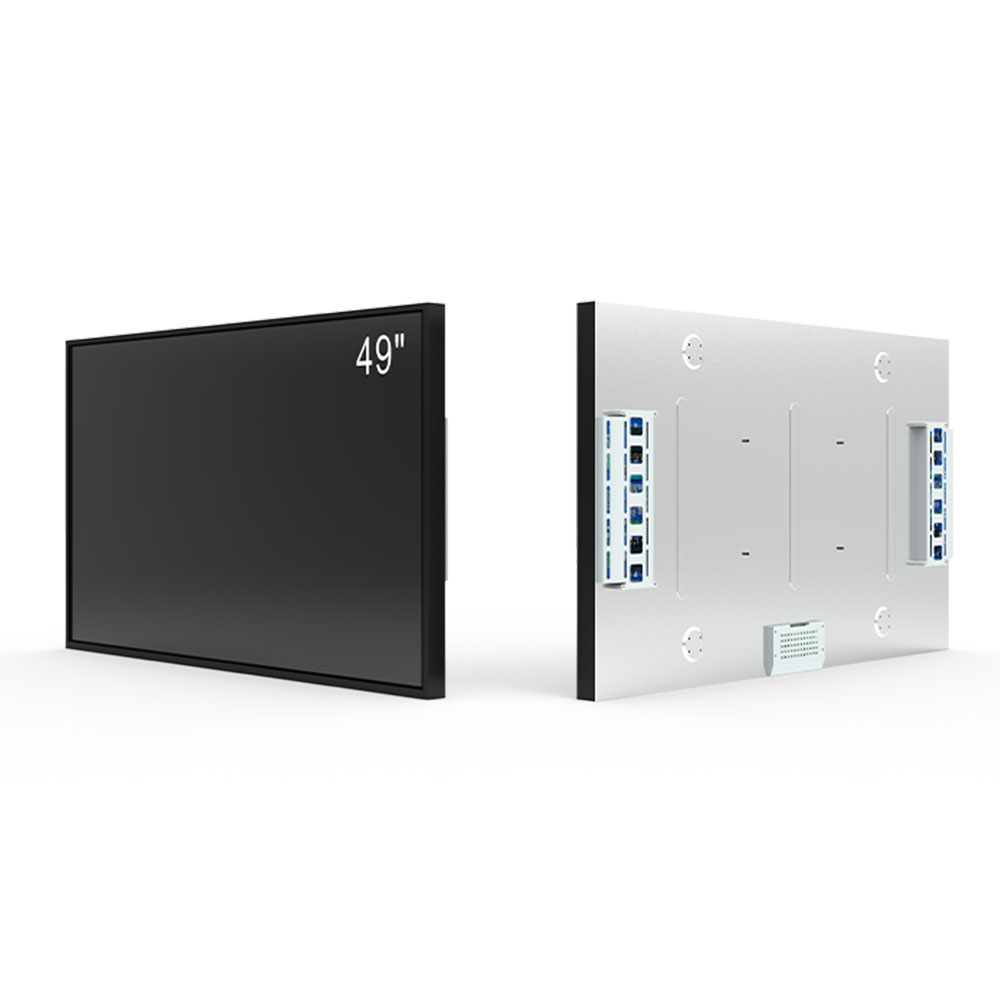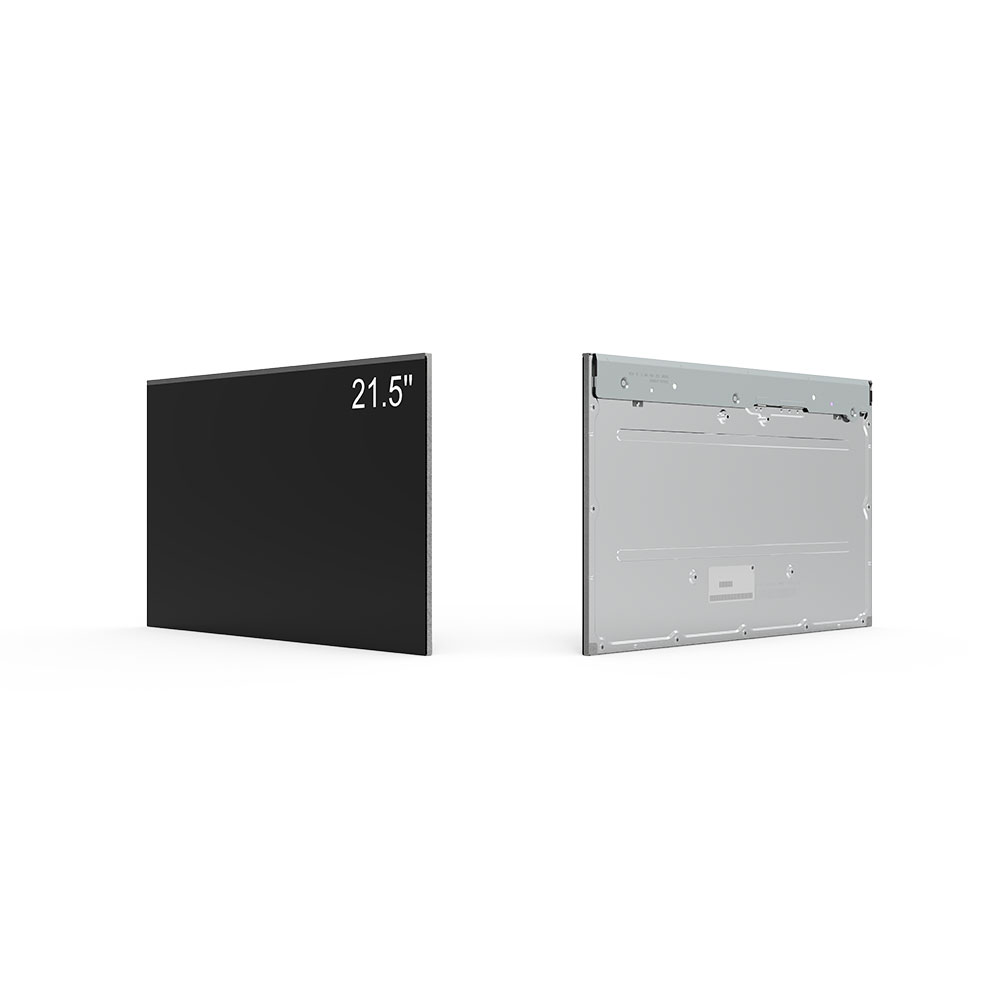- Home
- About Us
- Products
- News
- Video
- Contact
- Send Inquiry
Search
- Home
- About Us
- Products
- News
- Video
- Contact
- Send Inquiry

Outdoor high-brightness LCD screens have become indispensable in today’s digitally driven world, offering critical visual communication solutions across industries such as transportation, retail, advertising, and public infrastructure. These displays are engineered to perform reliably under harsh environmental conditions—ranging from direct sunlight to extreme temperatures—while maintaining image clarity and durability. According to the Display Supply Chain Council (DSCC), the global outdoor display market is projected to exceed $15 billion by 2026, with high-brightness LCDs leading growth due to their cost-efficiency, energy savings, and scalability.
One of the most significant advantages of outdoor high-brightness LCDs is their luminance capability—typically ranging from 5,000 to 10,000 nits—far exceeding standard indoor LCDs (300–500 nits). This brightness ensures visibility even under full sun exposure, making them ideal for digital signage in airports, bus stops, shopping malls, and stadiums. For instance, London Heathrow Airport uses high-brightness LCD panels for real-time flight information displays, reducing passenger confusion and enhancing operational efficiency. Similarly, retail chains like Walmart and Tesco deploy these screens for dynamic product promotions, increasing average transaction value by up to 18% based on a 2023 Nielsen study.
Another key benefit lies in their power efficiency and long lifespan. Modern outdoor LCDs utilize LED-backlit technology with advanced dimming algorithms that reduce energy consumption by up to 40% compared to older CCFL-based models. Additionally, many manufacturers now offer IP65 or higher waterproofing ratings, ensuring protection against dust, rain, and snow. In extreme climates such as Dubai’s desert heat (exceeding 50°C) or Siberia’s winter cold (-40°C), these screens remain operational thanks to robust thermal management systems including passive cooling and active heat dissipation technologies.
However, practical deployment often faces challenges. One common issue is glare caused by reflections, especially when ambient light changes rapidly—a problem addressed through anti-glare coatings and polarized filters. Another challenge involves maintenance; dirt accumulation, humidity, and UV degradation can affect performance over time. Industry best practices recommend monthly cleaning schedules, protective covers, and remote monitoring via IoT-enabled control systems, which allow for predictive maintenance and reduced downtime.

Recent trends show a shift toward modular and customizable designs, allowing for easier installation and future upgrades. The integration of AI-driven content management systems (CMS) enables real-time personalization—such as displaying localized weather updates or targeted ads based on audience demographics. Furthermore, advancements in HDR (High Dynamic Range) support and 4K resolution now allow outdoor displays to rival indoor cinema-quality visuals. According to a 2024 report by Grand View Research, AI-integrated outdoor displays are expected to grow at a CAGR of 22.5% over the next five years.
For engineers and decision-makers, understanding the balance between brightness, contrast, viewing angles, and environmental resilience is essential. Compliance with international standards such as IEC 60068 (environmental testing) and UL 1973 (safety certification) ensures product reliability. As cities embrace smart infrastructure initiatives, outdoor high-brightness LCDs will continue to evolve as vital tools for urban connectivity, safety, and commerce.
